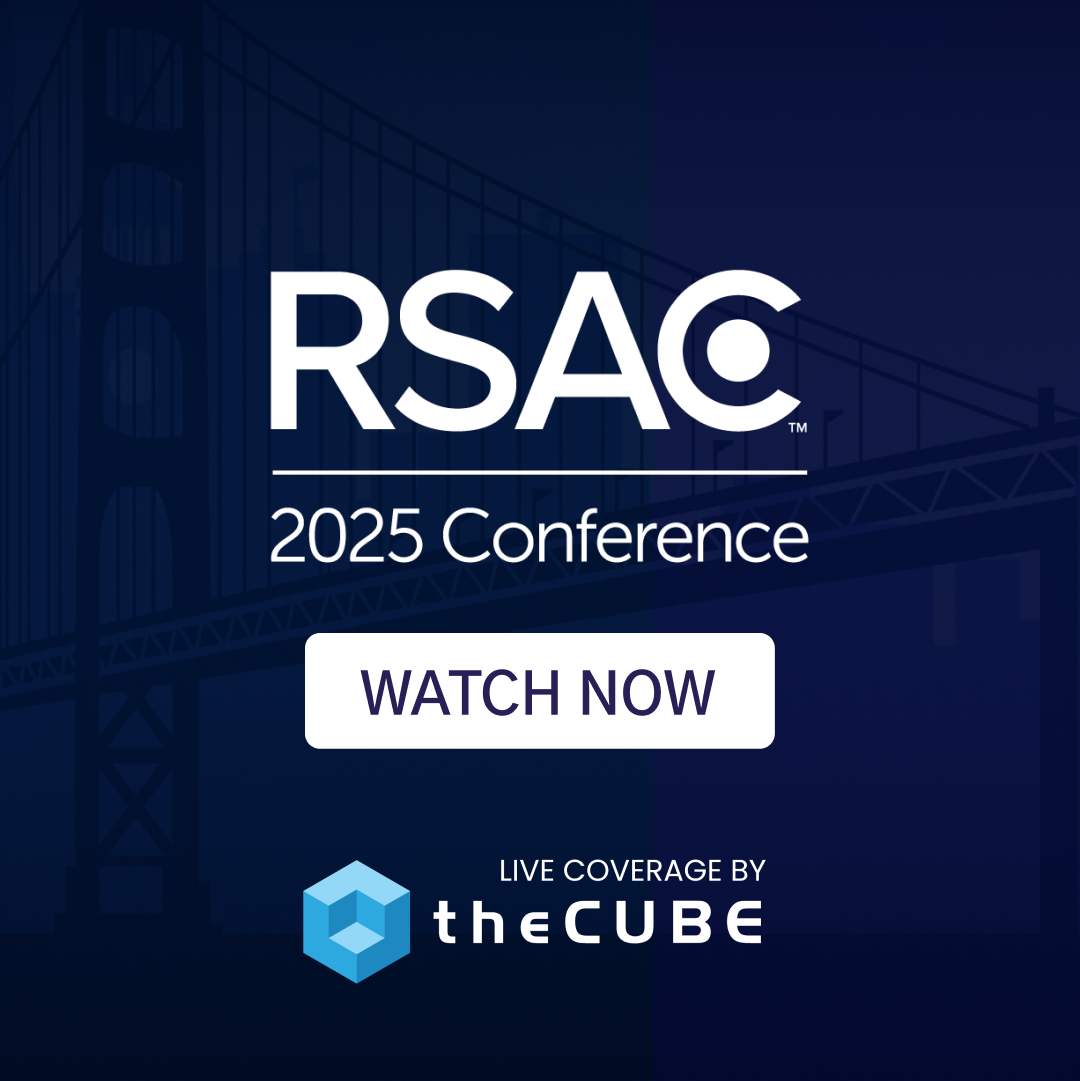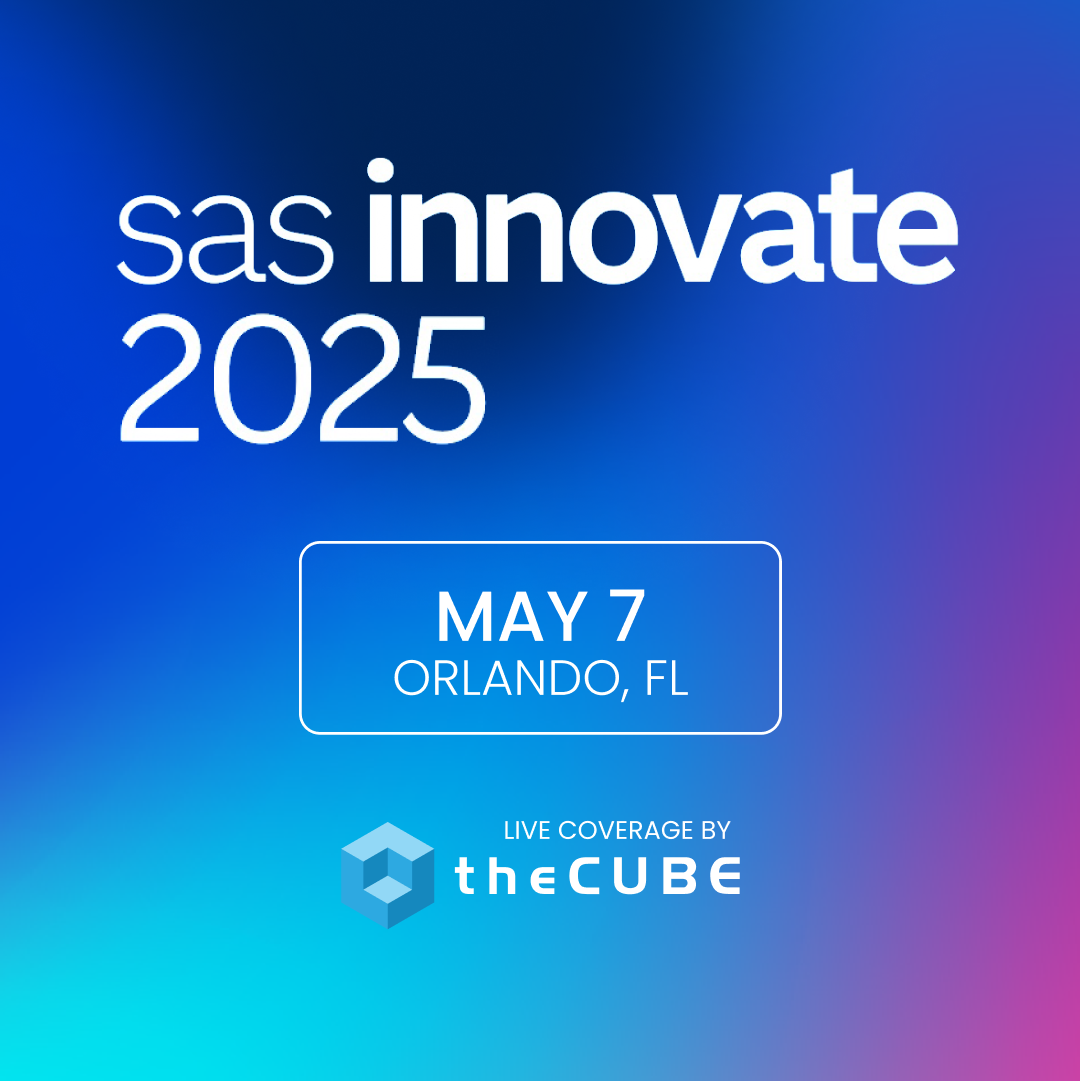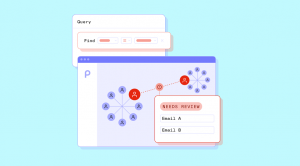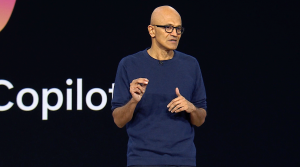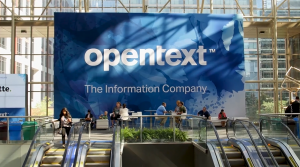PostgreSQL Reaches a Database ‘Tipping Point’
![]() The growing demand for Postgres talent at the biggest brands, including the recent and highly visible move by Salesforce.com to add dozens of Postgres experts in the next year, shows PostgreSQL has reached a tipping point. As author Malcolm Gladwell famously defined it, this is the moment of critical mass: The moment of widespread recognition, the realization that PostgreSQL had crossed a threshold of acceptance among major corporations had finally arrived. It was a proud moment to behold for champions of Postgres and it has been a long time coming. And what does it suggest? We’re at a boiling point, and things are about to really heat up.
The growing demand for Postgres talent at the biggest brands, including the recent and highly visible move by Salesforce.com to add dozens of Postgres experts in the next year, shows PostgreSQL has reached a tipping point. As author Malcolm Gladwell famously defined it, this is the moment of critical mass: The moment of widespread recognition, the realization that PostgreSQL had crossed a threshold of acceptance among major corporations had finally arrived. It was a proud moment to behold for champions of Postgres and it has been a long time coming. And what does it suggest? We’re at a boiling point, and things are about to really heat up.
Two Factors of Authentication
PostgreSQL has always been considered ‘the most advanced open source database in the world.’ Remember, PostgreSQL was born from the same technical white paper that Oracle was created from, and it has had decades of hardening. What’s drawn greater recognition lately is that the Postgres community has accelerated its pace in recent years in developing the features and capabilities that big enterprises require for mission critical applications. Postgres now has many of the ‘enterprise-grade’ characteristics that the large proprietary databases have, such as multi-version concurrency control, point-in-time recovery and asynchronous replication. It’s highly scalable both in the number of users it can accommodate and in the absolute amount of data it can manage.
That’s the beauty of the open source system – developers living close to the software see a need and promptly respond with the solution. It’s the same evolution we saw as Linux took shape and matured. The beauty of the Postgres community is that it’s more mature, more cohesive and better able to manage a comprehensive vetting process for software contributions.
A second driver is the lingering malaise in the economy, whether you consider our current state an official ongoing recession or just the doldrums. Corporate budgets have been stretched now for four years, and there’s little left to trim. This has prompted many companies to begin looking very closely at their core software systems – the ones that power their infrastructure components – and consider open source replacements. And they’re finding a most compelling option. The influences that overtook the proprietary operating system in the form of Linux are now being applied to the database layer in the form of Postgres. This time around, the traditional company to take the hit as today’s story unfolds is Oracle.
Lineup of Luminaries
![]() Salesforce.com in fact is a celebrated addition to a long list of large Postgres deployments. Skype, Instagram, the US State Department and Greenpeace are among the biggest names using the community version of Postgres. VMware has also adopted community Postgres for its vFabric offering. Among our largest users is Sony Online Entertainment, which moved its massive multi-player online games from Oracle to our Postgres Plus Advanced Server.
Salesforce.com in fact is a celebrated addition to a long list of large Postgres deployments. Skype, Instagram, the US State Department and Greenpeace are among the biggest names using the community version of Postgres. VMware has also adopted community Postgres for its vFabric offering. Among our largest users is Sony Online Entertainment, which moved its massive multi-player online games from Oracle to our Postgres Plus Advanced Server.
Rumors aside, it’s ultimately unclear what Salesforce.com is planning and regardless, it will likely be part of a long-term project. At the very least, it appears that Salesforce.com, based on the company’s hiring notice, wants Postgres specialists to “design and implement major pieces of the Salesforce.com core database infrastructure.” This suggests Postgres may be powering mission critical applications that are already, or would otherwise be, powered by Oracle.
The bottom line is that the implementation of open source community Postgres means companies are slashing operating costs. Eliminate a product’s perpetual license fee and you have an immediate CAPEX win. Buy an open source subscription that’s well below the annual maintenance fee of your proprietary product and your OPEX line will improve as well.
Up and to the Right
The widening embrace of Postgres by corporate users has been a boon to Postgres. The estimated number of downloads of PostgreSQL and add-ons topped five million over the past year as enterprises worldwide accelerated their adoption of Postgres and its components. According to Gartner Group, enterprise open source database management systems are now more widely adopted than any other open source technology.
It’s important to note that we don’t directly gain from companies like Salesforce.com utilizing the open source community version of Postgres. However, other companies do turn to our products and services as well as those of smaller consultancies to assist them with Oracle migrations and other deployments that require the kinds of enhancements we’ve developed for Postgres.
Now that the tide has turned with global brands bringing open source more deeply into their environments to tap the once-untouchable database layer, we’re entering interesting times. It’s unlikely, for example, for the 600-pound gorilla in the data center to sit still. But, fortunately for the open source world and companies seeking more cost-effective options, the gorilla is also unlikely to cut its prices.
![]()
About the Author
Ed Boyajian is president and CEO of EnterpriseDB, which provides enterprise-class PostgreSQL products and services to help IT organizations succeed with the world’s most advanced open source database.
A message from John Furrier, co-founder of SiliconANGLE:
Your vote of support is important to us and it helps us keep the content FREE.
One click below supports our mission to provide free, deep, and relevant content.
Join our community on YouTube
Join the community that includes more than 15,000 #CubeAlumni experts, including Amazon.com CEO Andy Jassy, Dell Technologies founder and CEO Michael Dell, Intel CEO Pat Gelsinger, and many more luminaries and experts.
THANK YOU



